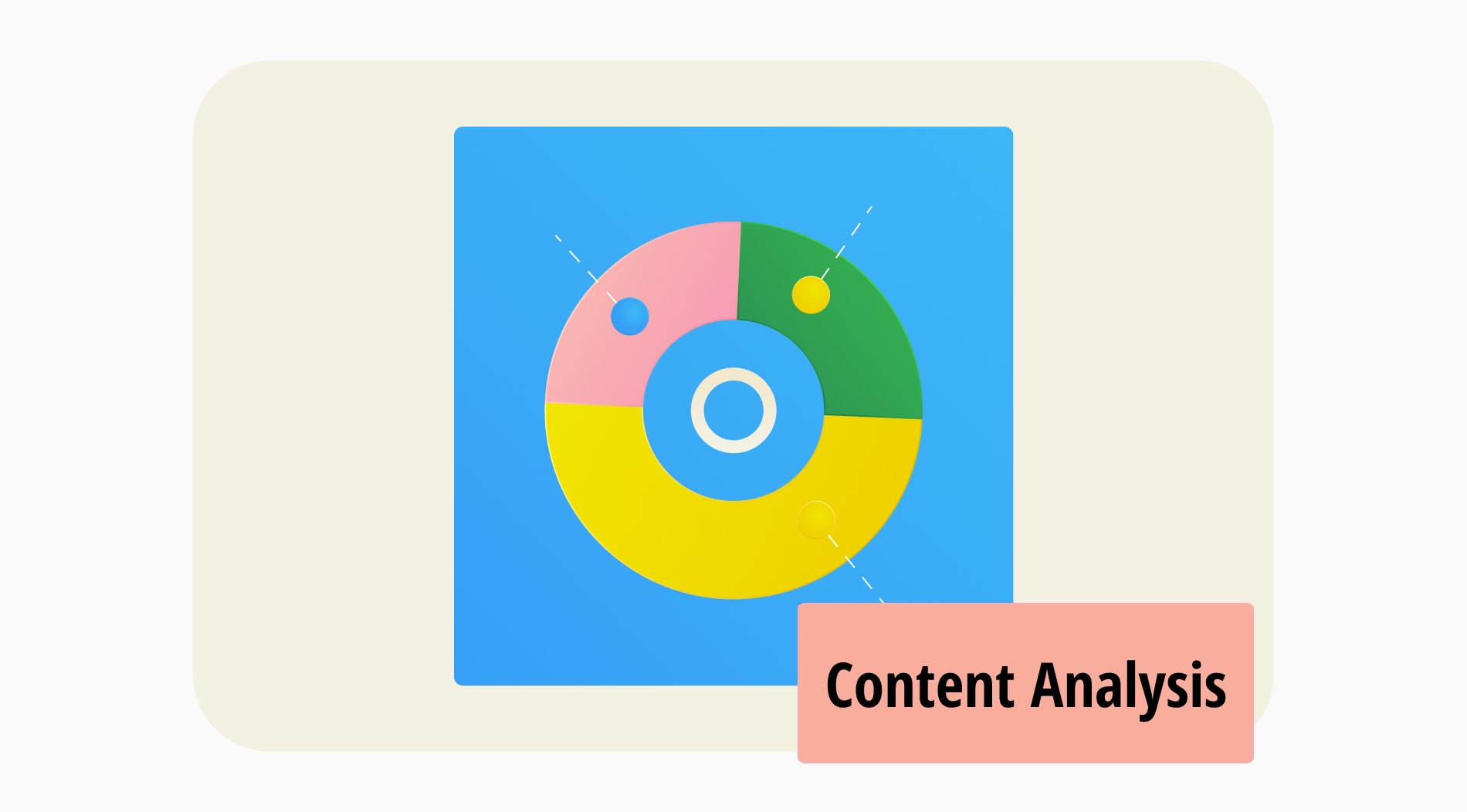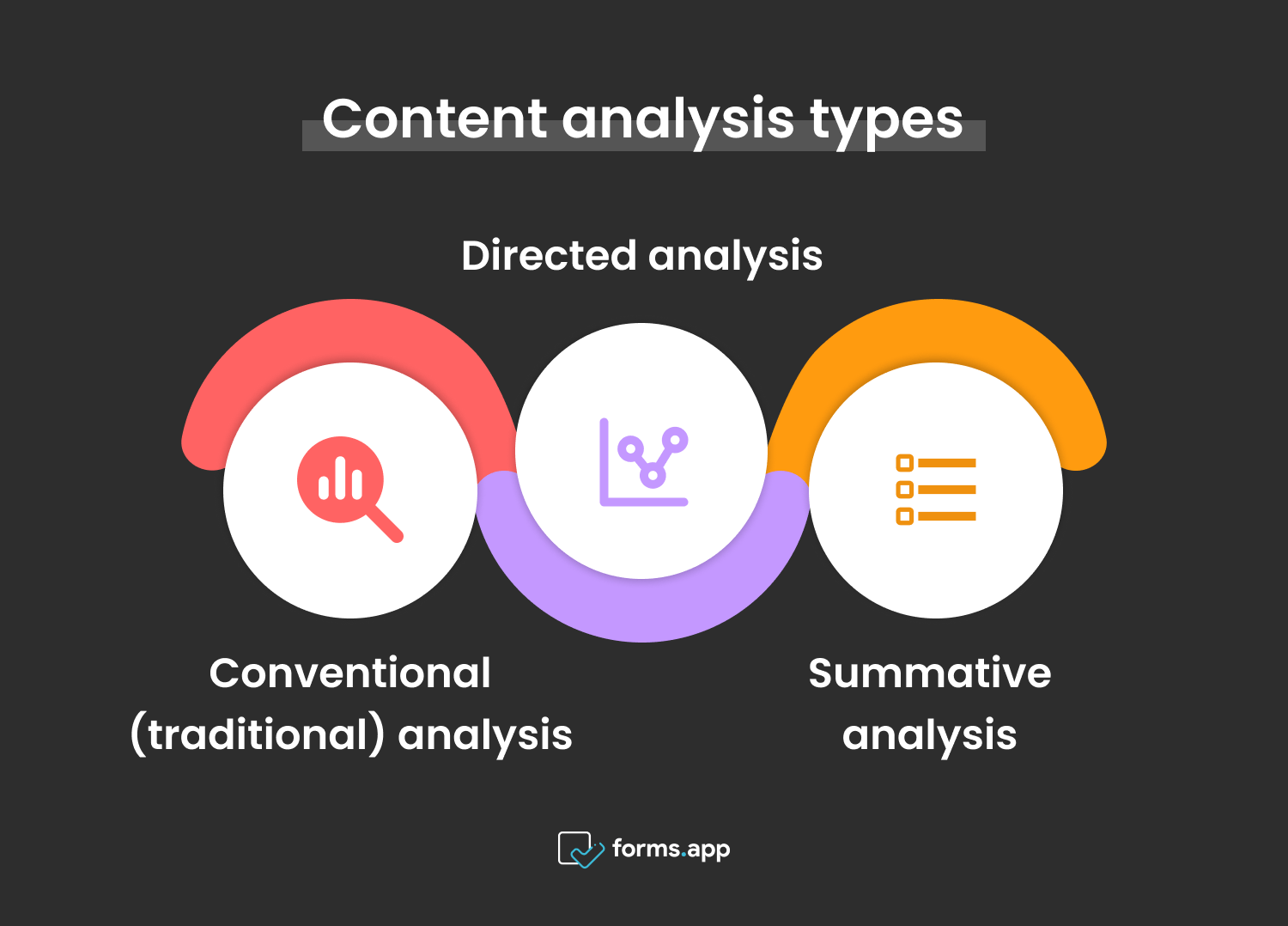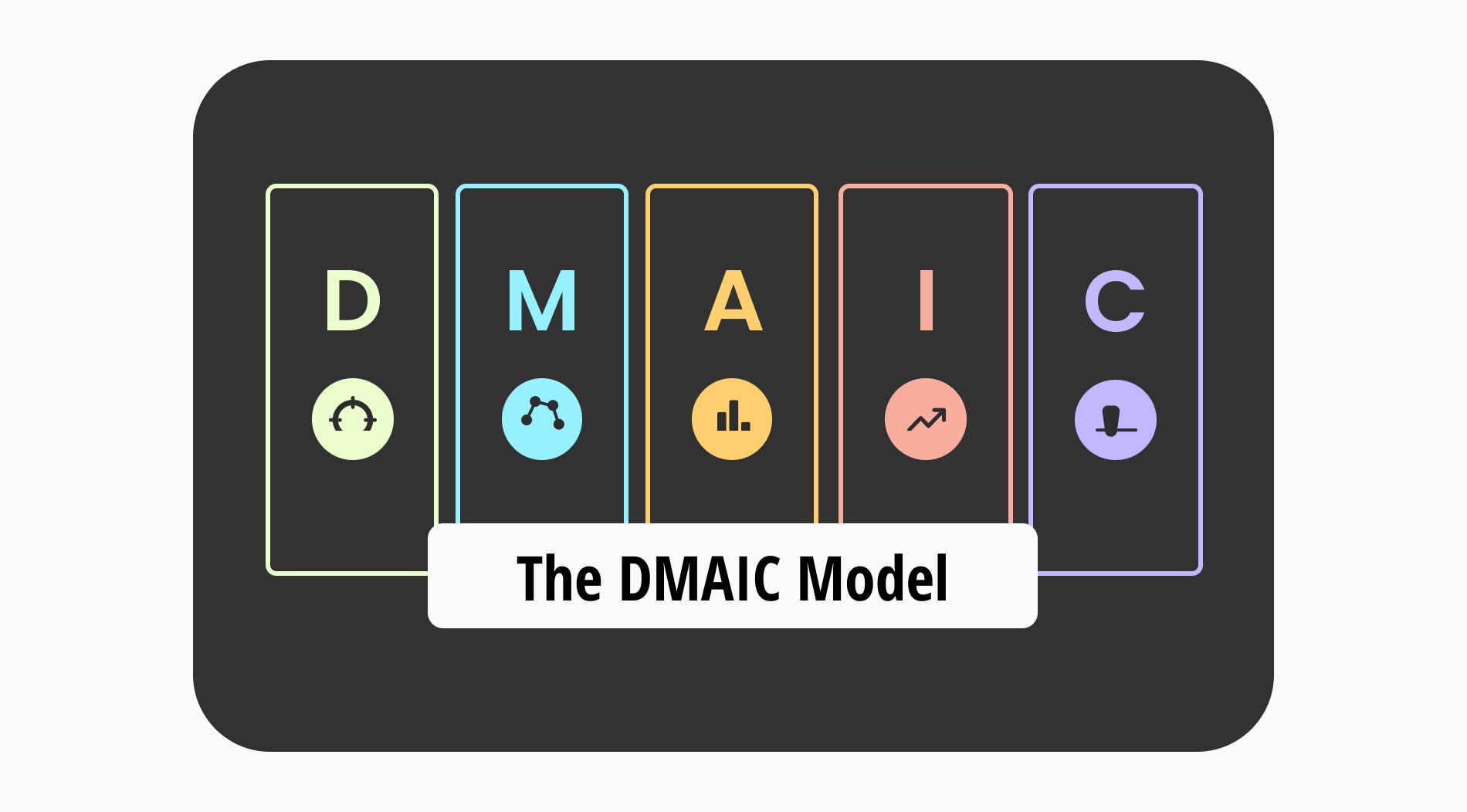
Do you want to learn about the content of something written or said about any subject? Do you want to analyze comments about your business or organization? Then, what will help you in this qualitative research is content analysis. With content analysis, you can find common patterns and themes in the content and turn them into actionable insights.
You can ask what these themes and patterns are. They can be recurring words, phrases, or concepts. Content analysis makes it easier for you to find them with the help of many useful programs and tools. Now, if you want to learn more, you can continue the article.
What is the content analysis?

Content analysis is a research technique used to identify patterns and themes of textual, audio, or visual material.
Focusing on communication, it tries to reveal the underlying meanings of messages. It achieves this by dividing themes into specific categories with a coding system. Due to the nature of content analysis, it can be used in many different fields, from sociology to finance, from media to psychology.
Content analysis types
Content analysis can be used with a wide variety of research methods. The infrastructure of the analysis varies depending on the purpose of the research topic and the nature of the data. In this section, what is most commonly done with content analysis will be explained.

Types of content analysis
1. Conventional (traditional) analysis
The traditional process, which is the most basic type of content analysis, is done without any presuppositions, categories, or coding. The data itself is expected to reveal existing themes and patterns. The main reason for choosing this method is that the research question is broad and open-ended. With this flexibility provided by analysis, it is possible to perform an exploratory analysis.
2. Directed analysis
This method, which you can also call the deductive method, is carried out by pre-determining the data to be examined in the analysis according to certain theoretical frameworks and coding categories. This analysis process continues by creating an examination path and following that path. The aim is to test any hypothesis or directly address the research question. Thus, theories turn into practice and provide important information about the relevant research.
3. Summative analysis
Summative analysis is used to measure all trends, patterns, and relationships in the content with a quantitative method. Frequently used elements that form the identity of the content are determined. This analysis seeks the answer to the research question with predefined coding. It is possible to use it to systematically examine the distribution of content in data with large-scale samples.
Examples of the content analysis
This section presents examples of content analysis from different research areas. These examples will help you better carry out your work and better understand the purpose of content analysis.
Example #1 Political Science
You conducted content analysis to compare politicians' election speeches in terms of their content. In general, you came across common themes such as welfare, freedom, democracy, and progress in the speeches. However, you conducted a qualitative analysis to make sure that the underlying meanings of these words were the same for each speaker. As a result, it turns out that politicians refer to different concepts even though they use the same concepts.
Example #2 Marketing
As a business, you try to review customer comments about your newly opened branch. You collected data through social media, complaint boxes, interviews, and surveys. Then, you segmented your customers' texts. By revealing pattern relationships, you have seen that customer satisfaction is high. Thus, the analysis has shown you that your work is in order.
Methods of the content analysis
Quantitative or qualitative methodologies are used to perform content analysis. These two methods can be used more dominantly or in combination with each other in different research areas. You can look at these in more detail below.
1. Qualitative content analysis
It is used to find and interpret the underlying meanings of a text or speech. It is more faithful to people's narratives and provides rich insights by examining their opinions and thoughts in more detail. That's why many different disciplines follow a qualitative research method. You can continue your research in more detail with other qualitative methods, such as narrative analysis.
2. Quantitative content analysis
Quantitative analysis is used when the research focus is specific. With the coding categories, the researcher's hypothesis is ready. That's why they take a deductive approach. This method is often considered shallow because it focuses on the apparent meaning. Statistically, it finds repeating patterns in any textual data. Thus, differences and similarities between texts or speakers become evident.
Advantages and Disadvantages of content analysis
Content analysis is an application that has its pros and cons, like every research method. Here, its important advantages and disadvantages will be shared with you. This way, you will have a better understanding of whether this analysis is suitable for you.
Advantages
- It allows for both qualitative and quantitative data analysis.
- It is a versatile method applicable to diverse materials and contexts
- It is a direct method to study communication.
- The analysis process is not expensive.
- It can be applied to many different disciplines.
Disadvantages
- Qualitative results may be subject to error due to subjective interpretation.
- It may be time-consuming due to the large number of datasets.
- Although it is a simple method, it requires coding knowledge.
- Factors in communication that are not or cannot be transferred to the transcript (tone of voice, body language, emphasis, pausing) are often ignored.
- When an overly reductive approach is taken, it gives shallow results.
When to use the content analysis
Content analysis is an effective and comprehensive method that can be used in many different areas. Therefore, the question of when you can use it depends on the field you are interested in and what the questions of your research are aimed at. Here you can see when you might need it more:
- Doing an exploratory research
- Comparing different sources and content
- Uncovering past trends, themes, and concepts
- Revealing differences and similarities between micro or macro cultures
Content analysis vs. Thematic analysis
Content and thematic analysis are data analysis methods that are very close to each other and can even be confused. But they differ from each other because they have small nuances. These differences and similarities can be listed as follows.
- Both types of analysis can be used to examine qualitative data.
- Content analysis is prone to quantitative methods, but it is rare in thematic analysis.
- Both reveal theme and pattern relationships.
- While thematic analysis focuses on personal language use, content analysis focuses on social and cultural language use.
- Content analysis tends to use the deductive method, while thematic analysis tends to use the inductive method.
Frequently asked questions about the content analysis
You can take a look at frequently asked questions to get information about content analysis from different perspectives and expand your knowledge.
Örneğin, yazılı bir belgeyi inceliyorsunuz. Bu belge, yeni bir ürünle ilgili sosyal medya yorumlarının bir dökümü olabilir. Bu yorumlarda tekrar eden kelimeleri bulmaya çalışıyorsunuz.
En çok öne çıkan kelime ve ifadelerin "beğendim", "harika", "iyi çalışıyor", "güzel" ve "teslimat" olduğunu göreceksiniz. Böylece analizin ilk kısmı tamamlanmış olur. Ardından bu yorumlardan bir örüntü ağacı çizerek ürünün içeriğinin yoğun anlatımı nedeniyle beğenildiği sonucuna varırsınız.
İçerik analizi birincil araştırma amaçları için kullanılan bir analiz türüdür. Bunun nedeni, içerik analizinin mevcut veriler üzerinde çalışmaması; bunun yerine metinleri, görüntüleri ve videoları doğrudan inceleyerek veri kümeleri oluşturmasıdır.
İçerik analizi nitel veri analizine yatkın olsa da nicel veri analizini de destekler. Araştırmanızın amacına ve yöntemine bağlı olarak bunlardan herhangi birini seçebilirsiniz. Nitel analiz yaptığınızda, bir metindeki anlamları ve örüntüleri ortaya çıkarabilirsiniz.
Anlamlar arasındaki farkları ve iletilmek istenen mesajı bulabilirsiniz. Nicel analizde ise bu kalıpların sıklığını ve anlatıdaki tekrarını ortaya çıkarırsınız.
İçerik analizi yöntemi ile eğitim materyallerini inceleyerek etkili öğretim yöntemlerini ve standartlarını ortaya çıkarabilirsiniz. Bunun için öncelikle ne tür bir öğrenme odağı olduğunu belirlemek gerekir. Örneğin İngiltere'de iş yapmak için İngilizce öğrenmek ile sınavları geçmek için matematik öğrenmek aynı hedefler değildir. Daha sonra bu amaçlara uygun kodlar geliştirebilir ve kategoriler oluşturabilirsiniz.
Bu kategoriler öğrenme güçlüğü, ders saatleri, müfredat düzeni, öğrenci ile iletişim vb. olabilir. Daha sonra konu ile ilgili tüm eğitim materyalleri toplanarak bir veri tabanı oluşturulur. Analize kodlarınızı yerleştirerek başlarsınız. Nihayetinde ortaya çıkan kalıplar ve eğilimler size öğretim yöntemlerini nasıl geliştireceğiniz konusunda ipuçları verecektir.
İçerik analizi sistemi, birbirini takip eden veri toplama ve analiz süreçlerinden oluşur. İlk yapılması gereken, hedef verilerin uygun araçlarla (bunlar yazılım, kayıt cihazları veya belgeler olabilir) toplanmasıdır. Ardından kodlama süreci başlar. Veri içeriğini anlamak için önceden (veya diğer yönteme bağlı olarak daha sonra) oluşturulan kodlarla bir kodlama şeması oluşturulur. Bunun için uygun kodlama araçları ve programları bulunmaktadır.
Ardından, nicel veya nitel bir analiz gerçekleştirmenize bağlı olarak temaların ve kalıpların frekanslarını veya anlamlarını ortaya çıkarırsınız. Nihayetinde, bu sonuçları görselleştirir ve raporlamayı uygun hale getirirsiniz.
Üç tür içerik analizi geleneksel, yönlendirilmiş ve özetleyici analizlerdir. Bu isimler değişebilir ancak aralarında farklılıklar olduğunu bilmek yeterlidir.
1. Geleneksel içerik analizi, önceden belirlenmiş herhangi bir kod veya eylem olmaksızın verilerin görünür özelliklerini incelemek için kullanılır.
2. Yönlendirilmiş içerik analizi, içerikle ilgili herhangi bir teoriyi test etmek ve ortaya çıkarmak için kullanılır.
3. Son olarak, özetleyici içerik analizi, verilerdeki sayısal değerleri veya frekansları ölçmek için kullanılır.
İçerik analizi sosyal bilimlerde, özellikle iletişim ve kültür bağlamında kullanılır. Herhangi bir görsel, işitsel veya yazılı ifadeyi inceleyerek içeriğin özünü ve yapısını anlamak için kullanılır. Sosyolojik veri toplama kaynakları oldukça geniştir. Gazetelerden sosyal medya paylaşımlarına, dergilerden reklamlara ve politikacı konuşmalarından tarihi belgelere kadar uzanır.
Böylece araştırmacılar farklı kültürel boyutları incelemek istediklerinde ellerinde zengin bir veri birikimi olur. Daha sonra bu veriler incelenerek toplumun sosyal yapıları ve dinamiklerine ilişkin önemli sonuçlar elde edilir.
İçerik analizi, psikoloji araştırmalarında herhangi bir psikolojik olguyu daha kapsamlı bir şekilde anlamak için kullanılan bir yöntemdir. Bir kişinin ya da kişilerin duygu, düşünce, tutum, eylem ve inançlarını, bizzat kendileri tarafından yazılmış, konuşulmuş ya da çizilmiş belgeleri inceleyerek anlamaya çalışır.
Bu belgelerde içerik örüntüleri ve gizli anlamlar aranır. Bu sayede kişi ya da kişilerin hangi psikolojik süreçlerden geçtiği öğrenilerek uygun tanı ve tedavi yöntemleri geliştirilebilir.
Her ikisi de nitel verileri incelemek için kullanılabilecek yöntemlerdir. Ancak içerik analizi, nicel verilerin incelenmesine olanak tanıdığı için tematik analizden farklıdır. Bununla birlikte, her ikisi de belirli bir bağlamdaki ortak temaları ve örüntüleri ortaya çıkarmaya odaklanır.
Key points to take away
All in all, content analysis is a powerful tool for many different areas of research. That's why this article aims to provide you with a detailed description of content analysis. Starting with its definition and then progressing to its three different types. Then, the topic is reinforced by giving examples from political science and marketing.
Qualitative and quantitative methods are explained, and the pros and cons are listed. Lastly, when it should be used and its difference from thematic analysis are explained under separate headings.
Atakan is a content writer at forms.app. He likes to research various fields like history, sociology, and psychology. He knows English and Korean. His expertise lies in data analysis, data types, and methods.
İçindekiler
- What is the content analysis?
- Content analysis types
- Examples of the content analysis
- Methods of the content analysis
- Advantages and Disadvantages of content analysis
- When to use the content analysis
- Content analysis vs. Thematic analysis
- Frequently asked questions about the content analysis
- Key points to take away



 5 dakikalık okuma
5 dakikalık okuma
.jpg)
